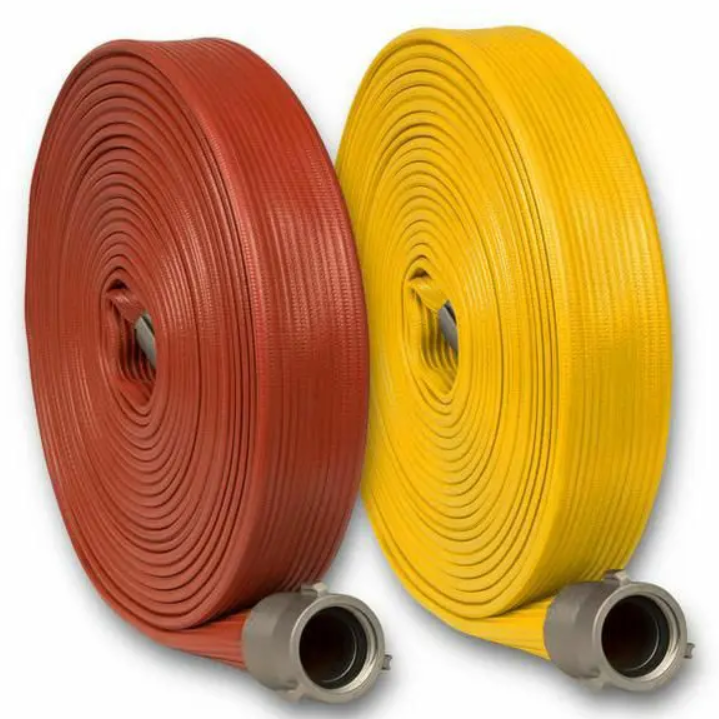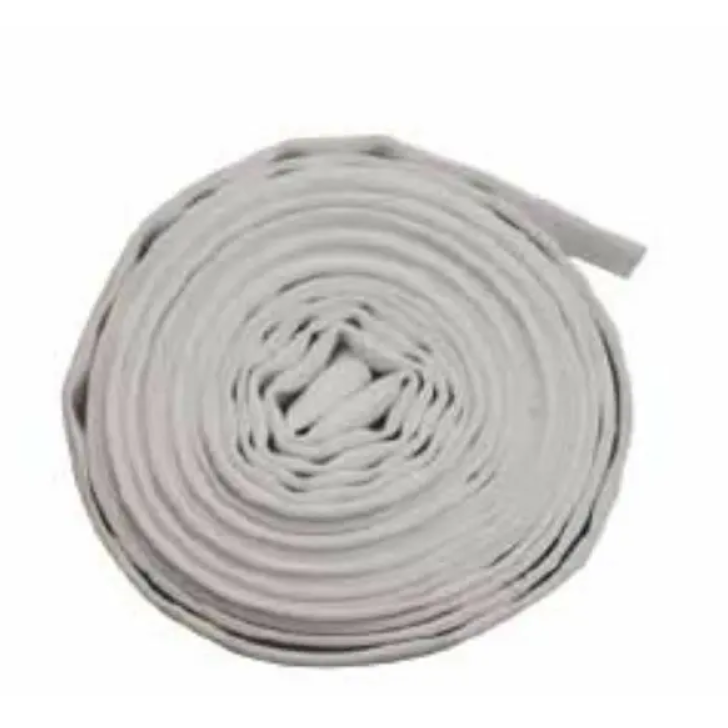Fire hose equipment is an important part of any firefighting operation. It is essential for delivering water or other fire extinguishing agents to the center of the fire, and its correct use and maintenance are critical to ensuring the safety and effectiveness of firefighting efforts. In this article, we will discuss the importance of proper use and maintenance of fire hose equipment, as well as the key factors that affect its reliability and functionality.
Proper use of fire hose equipment is critical to ensuring the safety of firefighters and the public. When a fire breaks out, being able to deploy fire hoses quickly and effectively can mean the difference between controlling a fire and preventing its spread, or facing a potentially catastrophic situation. Firefighters must be trained on the proper techniques for handling and operating fire hose equipment, including how to properly connect, deploy, and aim a hose, and how to regulate water flow and water pressure. Without this knowledge and skills, the effectiveness of firefighting efforts can be severely compromised.
In addition to proper use, maintenance of fire hose equipment is equally important. Fire hoses are subjected to harsh conditions, including exposure to extreme temperatures, chemicals and physical wear and tear. Therefore, they can easily become damaged, deteriorate, and malfunction if not properly maintained. Regular inspection, testing, and maintenance of fire hose equipment is critical to identifying and resolving any issues before they affect equipment performance during an emergency. This includes checking for leaks, cracks or other damage, as well as making sure all connections, fittings and nozzles are in good working order.
Additionally, proper storage of fire hose equipment is critical to maintaining its integrity and functionality. Fire hoses should be stored in a clean, dry, well-ventilated area away from direct sunlight and heat sources. This helps prevent the hose material from degrading and reduces the risk of mold or other forms of contamination. Additionally, fire hoses should be properly coiled and secured to prevent kinks, tangles, or other forms of damage that could impede deployment in an emergency.
Another important aspect of maintaining fire hose equipment is ensuring it is regularly tested and certified to ensure it meets industry standards and regulations. This includes performing pressure tests to verify the integrity of the hose and its fittings, as well as ensuring that it meets the required flow and pressure specifications for firefighting operations. Regular testing and certification help ensure fire hose equipment is reliable and safe to use when it is needed most.
In summary, the proper use and maintenance of fire hose equipment is critical to the safety and effectiveness of firefighting operations. Firefighters must be trained in the proper techniques for handling and operating fire hose equipment and must be inspected, tested and maintained regularly to ensure its reliability and functionality. By prioritizing the proper use and maintenance of fire hose equipment, fire agencies can improve their ability to respond to emergencies and protect life and property from the devastating effects of fire.
Post time: Mar-19-2024


